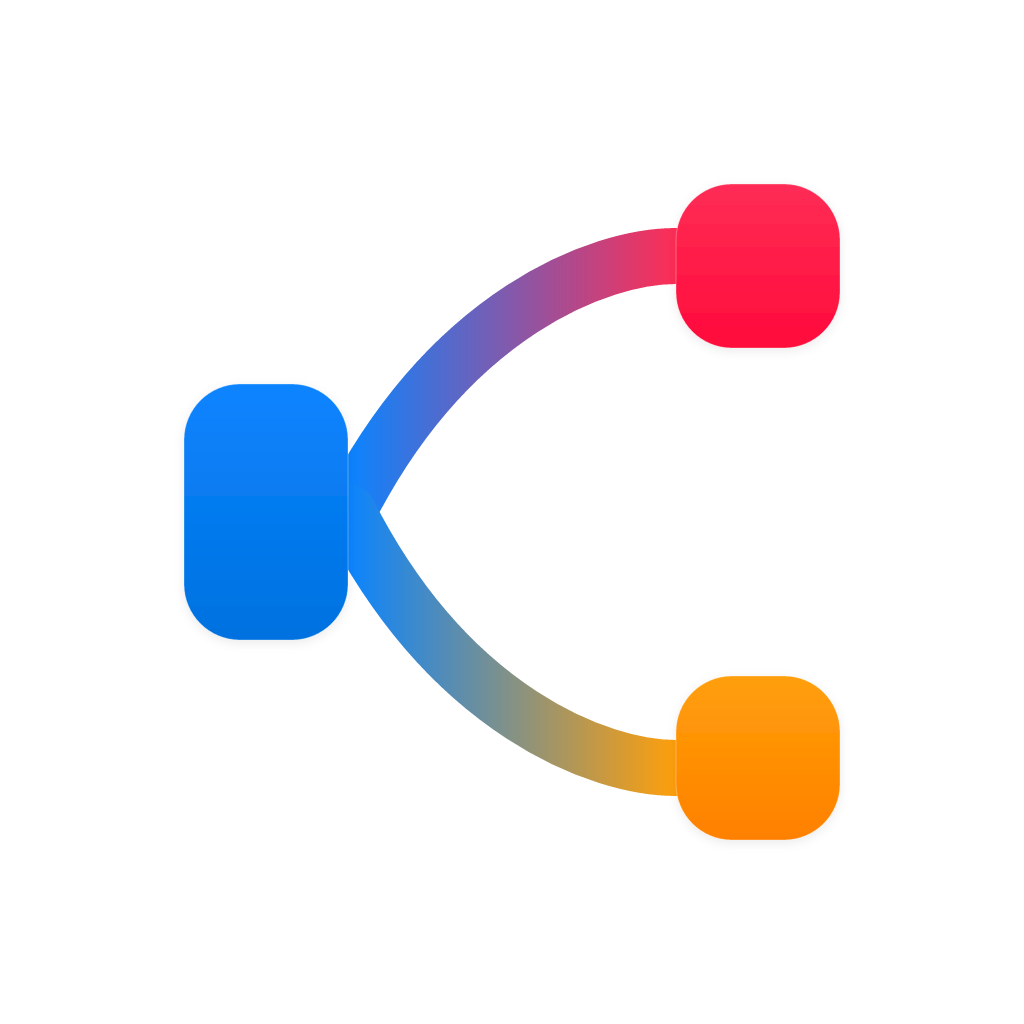Unleashing the Power of Flow: A Journey Through Dynamic Sankey Charts
Sankey diagrams, widely regarded as an aesthetic way to present flow data, have indeed become an integral part of information visualization due to their elegant visual representation of information and the flow of quantities through interconnected systems. The versatility of these diagrams lies in their ability to portray complex data in a comprehensible and engaging manner, making them indispensable tools for researchers, data scientists, and business analysts.
The Essence of Sankey Charts
A Sankey chart is essentially a type of flow diagram that indicates the quantity of data at each endpoint and the relative flows between the nodes. Each node in the chart represents an entity or variable involved in the transfer, and the arrows connecting these nodes symbolize the flow of data or quantities. The width of the arrows signifies the magnitude of the flow, lending a visual representation of the data’s volume and distribution.
Key Features of Sankey Charts
- Flow Representation – Sankey diagrams effectively depict the volume of flow between different nodes, using the width of the arrows and colors to distinguish different types of flows.
- Interactivity – A critical aspect of dynamic or interactive Sankey charts enables users to explore the data in depth by filtering, zooming, or selecting different segments for examination.
- Integration with Datasets – Sankey charts can be seamlessly integrated with various datasets, allowing for the visualization of diverse information such as resource distribution, energy consumption, traffic patterns, and much more.
Creation and Customization of Dynamic Sankey Charts
Tools for Creation
Sankey charts can be created using a variety of tools and software, each catering to different levels of expertise and specific requirements. Here’s a brief overview:
-
Data Visualization Libraries – Libraries like
D3.jsoffer extensive customization options and flexibility, enabling the creation of highly interactive charts. It might require a good understanding of JavaScript for complex customizations. -
Specialized Tools – Tools like
GraphvizorTidyGraphprovide powerful Sankey map creation capabilities, making it easier for users to output graphs in various formats without deep coding knowledge. -
Business Intelligence Software – Platforms such as Tableau, Power BI, and Qlik have robust functionalities for creating and customizing Sankey diagrams. These tools are user-friendly and support quick data integration and dynamic visualization modifications.
Customization Techniques
Customization is an essential feature, allowing users to tailor visual attributes according to their specific insights and presentation needs. Some key techniques include:
- Color Coding – Assign distinct colors to node types or flow categories to differentiate visual elements and highlight specific data streams.
- Orientation and Layout – Adjusting the layout (vertical, horizontal, or radial) to optimize space and improve readability.
- Interactive Elements – Implementing interactive buttons, sliders, or widgets to enable users to filter or toggle through different facets of the data.
- Tooltip Features – Adding detailed information upon hover over specific elements to provide context and depth to the visualization.
Applications of Dynamic Sankey Charts
Sankey diagrams are invaluable in a myriad of applications, from environmental studies analyzing energy consumption to business analytics visualizing customer journey paths. Their dynamic elements can significantly enhance user engagement and understanding:
- Environmental Science – Tracking the flow of pollutants, energy, or resources across different systems can unveil inefficiencies and guide sustainability efforts.
- Economic Analysis – Visualizing trade deficits, labor movement, or industry supply chains helps in understanding economic dynamics and identifying potential areas for improvement.
- Public Health – Mapping the pathways of disease spread, patient admissions, or drug usage can aid in public health management and resource allocation.
- Transportation – Analyzing traffic flow, shipping routes, or passenger volumes can optimize logistics and urban planning.
Conclusion
Dynamic Sankey charts stand as a testament to the fusion of technical precision and aesthetic appeal, offering a versatile approach to data analysis and presentations. By leveraging these charts through advanced tools and tailored customization, users can delve deeper into complex flow insights, making decisions based on comprehensive, visual data representations. Whether for strategic planning, informed decision-making, or simply enhancing communication, dynamic Sankey charts serve as a powerful tool in the arsenal of data visualization.
SankeyMaster
SankeyMaster is your go-to tool for creating complex Sankey charts . Easily enter data and create Sankey charts that accurately reveal intricate data relationships.



